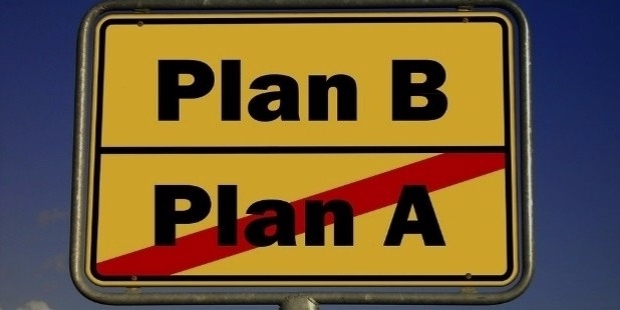3 Contingency Plans Every Leader Should Have

No one can envision what is going to happen in the future or how events beyond an organizational control can affect its ability to operate in unforeseen circumstances. So to avoid confusion, disorder and dramatic impact on the future of the business all the good leaders prepare contingency plans or sometimes known as Plan B to help an organization respond effectively if any of the unanticipated events happens in the future.
Contingency plan involves establishing procedures which can be implemented in the event of a disaster.
The good contingency plan should anticipate different business scenarios, like a server attack, employee strike or what if the main supplier suddenly goes bankrupt?
The 3 Contingency plans every leader should have in order to implement better systems and processes.
1. Business Impact Analysis

Business impact Analysis is performed prior to the risk assessments. The main role of the BIA is to find and identify the core business functions which are critical to the functioning of the business. BIA also defines the impact of any disruption to these critical business processes and provides a starting point for preparing a contingency plan and build disaster recovery strategies that will be used during the crisis situation.
Business Impact analysis also helps in categorizing and prioritizing business activities for recovery if the crisis occurs.
2. Business Recovery Plan

It focuses on restoring the business processes after an emergency. The main purpose of the plan is to shorten the recovery time and hence minimize loss. This type of contingency plan contains all the required information for the concerned team for the recovery of the processes which were affected and continuity of the services of the business operations.
A Business Recovery Plan should always focus on the quickest possible recovery time for business operations. The plan should have a list and descriptions of the key elements such as staff, equipment, and resources required recovering the business operations and recovery time deadlines and objectives.
3. Business Continuity Plan

The plan emphasizes on supporting business functions during and after a disruption in the business process due to an unforeseen crisis. Business Continuity Plan focuses on identifying, assess and prevent the risk wherever possible and prepare for the risks which cannot be controlled. It may involve all the key business processes or will be developed for a specific business process.
Predicting all kinds of disaster incidents are near to impossible, however, once can cover a range of known incidents that might take place. Always keep testing and updating your plan as per the requirement.
Contingency plans are essential to the organization so that business does not remain at a halt as a result of any unforeseen situation. Now as you know about the Contingency plans, don't wait for a disaster to happen. Be proactive in approach and put the plan in place even if chances are slim that you will ever need the one. The goal to make a contingency plan is to safeguard the data, minimizing the disruption in the business processes and keeping everyone as safe as possible.









